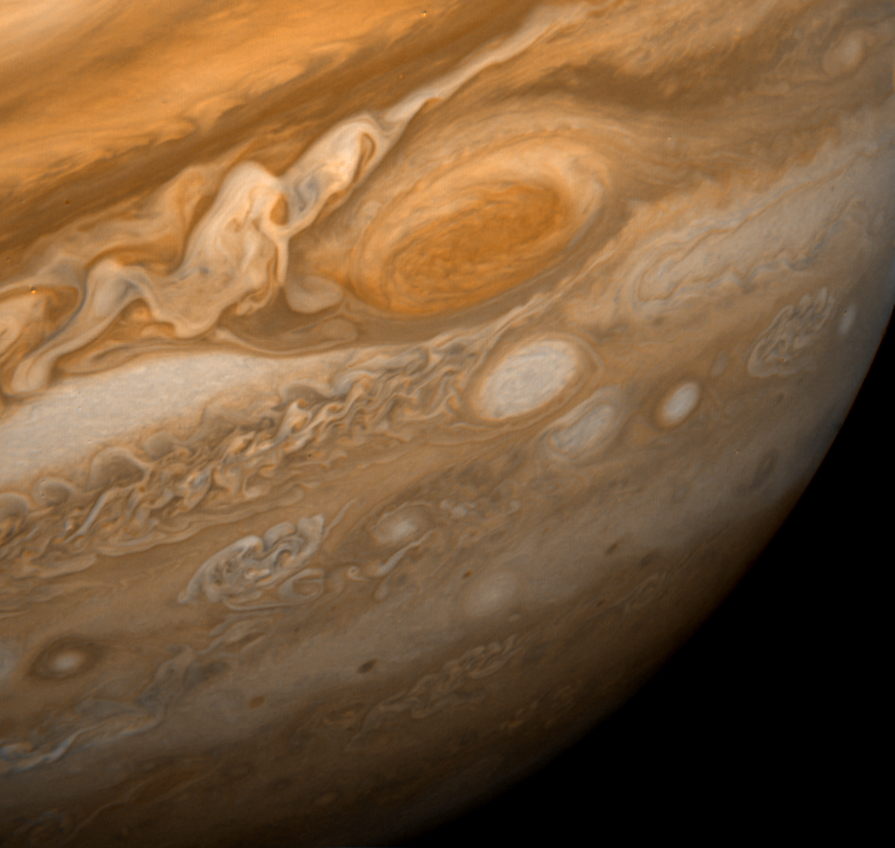The space probe known as Voyager 1 holds a number of interesting distinctions. It’s the furthest object made by humans from us, and that distance keeps increasing. It’s the first craft to get high-resolution images of the outer planets of our solar system. And, at this point in time it’s older than most of the humans on earth. It’s been working continuously, at some level, since it was launched nearly 50 years ago. But, its time is sadly coming to an end.
A little of the history of Voyager 1
The very idea of the Voyager spacecraft was formed in the 1960s when scientists proposed taking advantage of a rare event. At the end of the 20th century, all the outer planets would be “relatively” close to each other, so that it would be possible to have one space probe visit all of them. Two such probes were launched, and were spectacular successes. Even today their imagery is unparalleled.
The trajectory of Voyager 1
Voyager 1 was launched in 1977 to study Jupiter and Saturn close up, and it kept on going and going, taking the first close pictures of Uranus and Neptune and becoming the first object from Earth to leave the solar system.

The image sensors on Voyager 1 sent back full-color digital images using a camera under 1 megapixel, with a super-slow data transfer rate and a computer that’s less powerful than the average calculator. In case other civilizations come in contact with it, it carries a record (you know, like vinyl, but in this case it’s made of metal) and instructions on how to build a record player. In the years since its launch, we’ve built probes with better cameras and we have imagers like the Hubble and Webb space telescopes that can see more clearly from Earth orbit. But none of that diminishes the amazing work done by Voyager 1 and its earthbound creators.
Really going where no one has gone before
In 2013, it was confirmed that Voyager 1 had in fact left our solar system, using measurements from its still-functioning sensors. It continued to report interesting data from way out there several times after that, using the few instruments it had left.
How does Voyager 1 keep functioning after all these years?
Voyager 1 is not powered by solar energy, as many people think. Solar energy would have been too weak to allow it to complete its mission. Instead it’s powered by the decay of radioactive material that creates heat which is in turn converted to electricity using thermocouples (the same devices that run your hot water heater and give you the wrong temperature reading in your car.)
The heat generated by its plutonium fuel keeps diminishing. Voyager’s earthbound team have turned off system after system to keep the probe working. As a result, Voyager really can’t send us new data anymore. Unfortunately, some time in the next few years it’s expected that the far-flung little craft will shut down for good.
Will we ever see Voyager 1 again?
Science fiction stories have talked of the day when we follow Voyager out to the stars. So far we’ve yet to set foot on even our closest planetary neighbor. For better or worse, Voyager 1 will be alone out there for a long, long time. Barring some sort of revolution in flight technology, it would take a lifetime to even get to it. It would take us 30 years or more to get to where Voyager is now. Because of the way space works, the probe will keep moving long after it goes dark.



